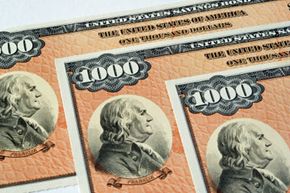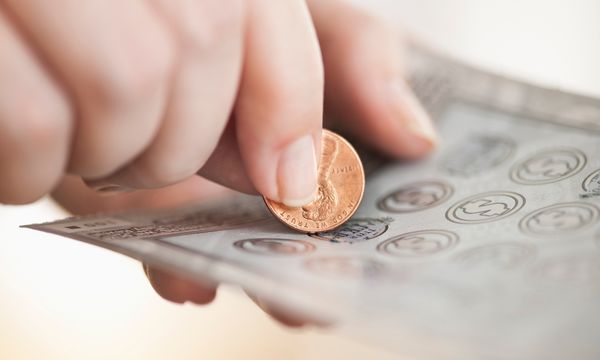If you've been paying attention to your financial advisers and 401(k) plan administrators, you've probably heard at one time or another that as you approach retirement age, you should move your money from investments designed to provide growth and return on principal to lower-risk investments designed to keep your assets safe when you need them most. But can investments ever be truly risk-free?
An investment is essentially any means or strategy employed in the hopes of turning an existing amount of money into a larger amount of money. So an interest-bearing savings account might be considered an investment (just not a very high-return investment), but hiding your cash in a cookie jar would not.
Advertisement
Risk can come from factors beyond the control of an individual business or investor, such as political and regulatory issues, the everyday ups and downs of the stock market, or widespread economic trends such as recessions or depressions. Risk can also be the result of mismanagement, deceptive practices or other failure within a company. And an investor's failure to accept at least a small level of risk can even become a risk in itself.
So what kinds of investments are generally considered risk-free, and does the label ever truly apply? Read on as we take a closer look at several investment options that are frequently described as "safe" in our quest to determine whether investments can in fact be risk-free.
Advertisement



